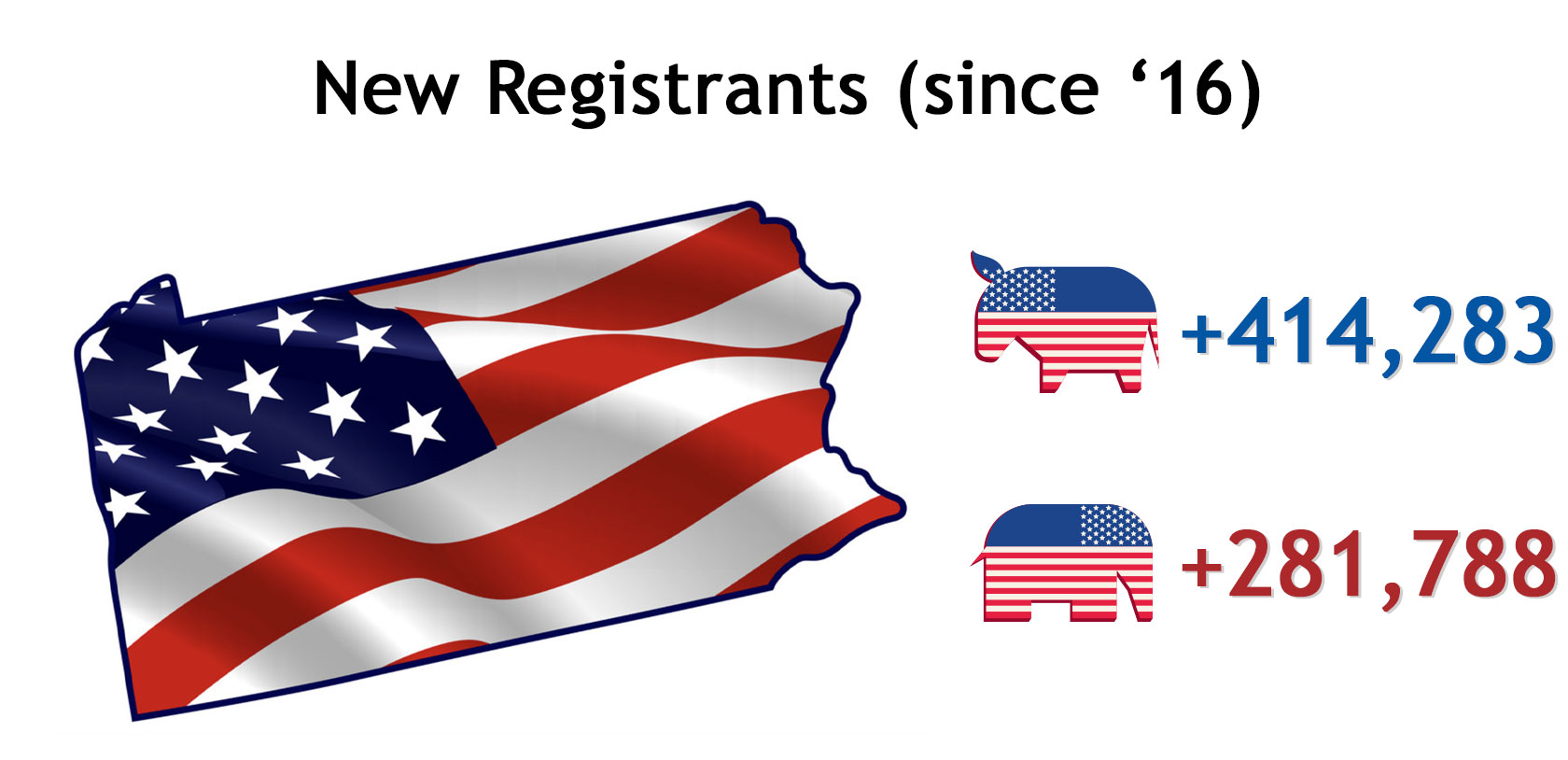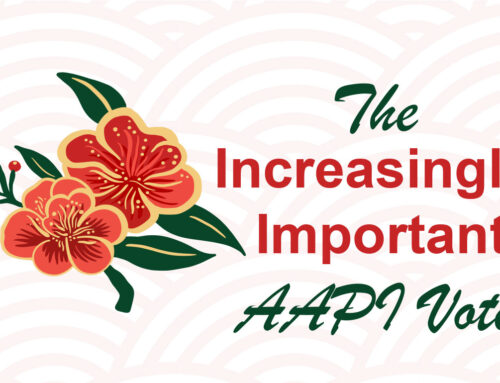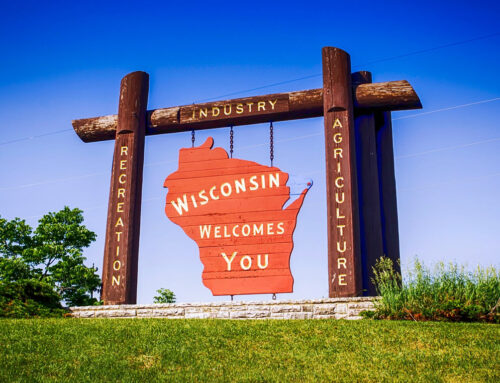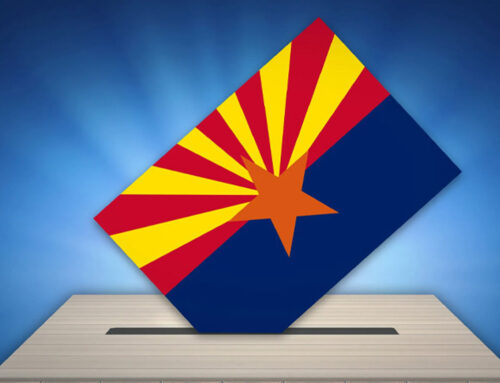The GOP’s Claims About a Voter Registration Advantage in PA Aren’t True. Here are the Facts.
By Tom Bonier
As Joe Biden prepares to address the nation as the Democratic nominee, Donald Trump is attempting to steal the spotlight with his own speech outside of Scranton, Pennsylvania. It’s no surprise the Trump campaign chose this location. Pennsylvania is a must win state for the President. He won there in ‘16 by a razor-thin .71% margin. Only Michigan produced a narrower GOP margin.
The trends in Pennsylvania since Trump’s victory have not been favorable for the GOP, as reflected in the lack of a credible poll showing the President with a lead in the state. Yet the GOP has been working feverishly to have us believe that the opposite is true, that the GOP is on an upward trend in the state.
To that end, the GOP points to a simplistic and deeply flawed datapoint – comparing the number of registered Democrats and Republicans in the state today, relative to Election Day, 2016. By that measure, the GOP appears to have gained more registrations than Democrats.
The truth points to a much more bleak outlook for Republicans.
If we look just at those voters who have registered to vote in Pennsylvania since the 2016 election (including those voters who may have relocated to the state), Democrats have added 414,483 new voters, a significant advantage over the 281,788 GOP registrations added since Trump narrowly carried the state.
What’s more, Pennsylvania has added 197,204 new unaffiliated voters over that time period. Recent trends have shown that younger voters are at once less likely to affiliate with either party, yet much more likely to vote for the Democratic candidate. To that end, 48.9% of those newly registered unaffiliated voters are under the age of 30. Modeled partisanship of all newly registered unaffiliateds in Pennsylvania estimates a 16% Democratic advantage, or 31,225 voters.
That translates into a net Democratic advantage among those who have registered in Pennsylvania since the 2016 election of 163,920 voters.
So why does the favored GOP analytical approach of net registration paint such a different picture? The answer is relatively mundane, and points to the weaknesses in the GOP argument: voter file hygiene. Local election officials will often clean their voter rolls at varying cadences. Some may go years without striking old voter records from their files, while other jurisdictions will make those changes much more frequently. Those varying cadences can produce misleading statistics, when viewed statewide.
Let’s look at the voters who were on the file on Election Day, 2016 in Pennsylvania, and are no longer on the file, and have not re-registered elsewhere. There are a sizable number of such voters in the state, 865,042. Most of these voters didn’t even vote in ’16, and were likely already outdated voter records by that point. So their removal from the file at some point after the election wasn’t indicative of an advantage for either party.
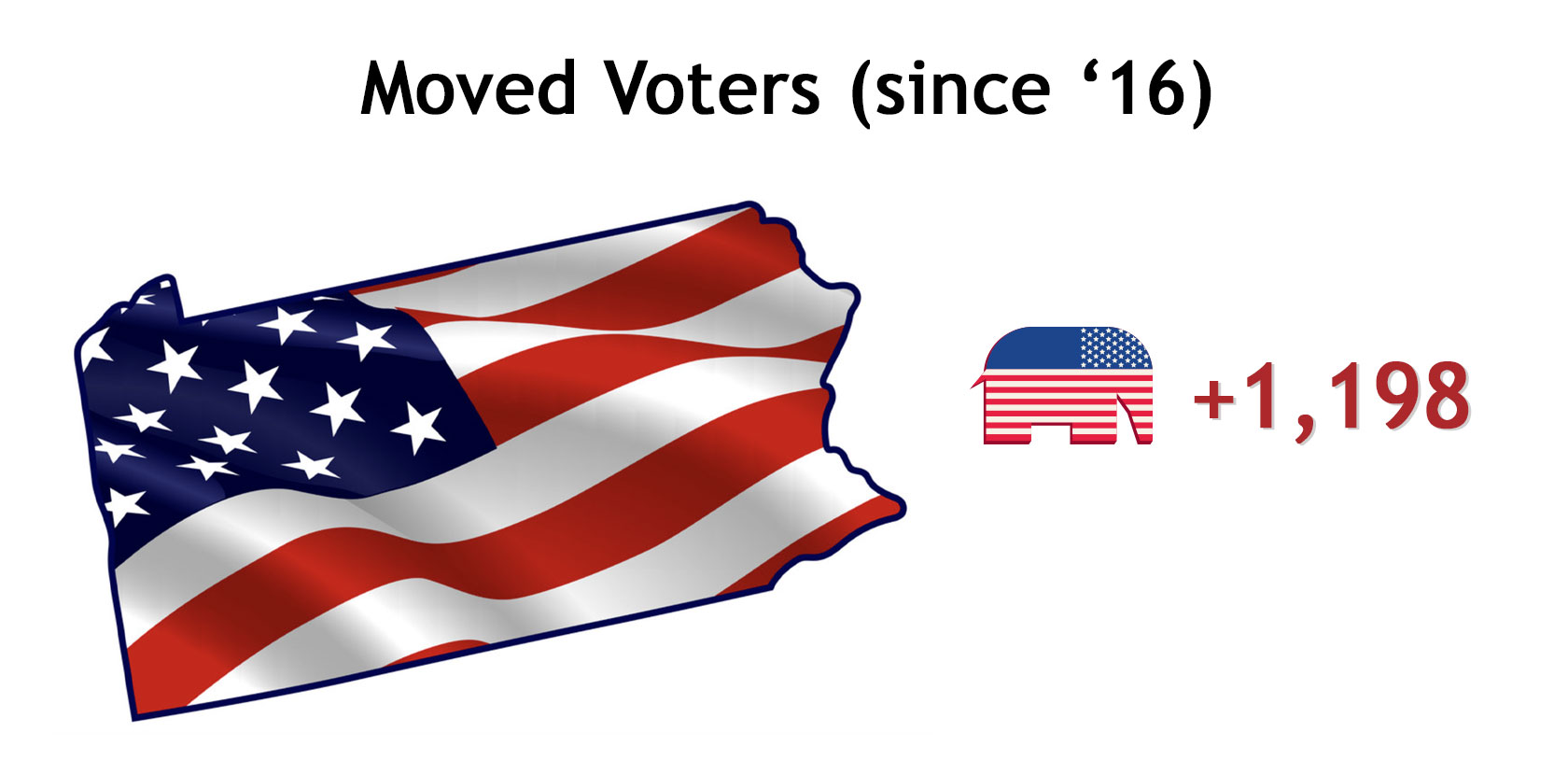
Among those voters who were on the file in ’16, cast a ballot in that election, and have since been removed, there are 37,502 more Democrats than Republicans. This clearly shows that Democratic jurisdictions did more work to clean their voter files, as compared to GOP jurisdictions, after the 2016 election.
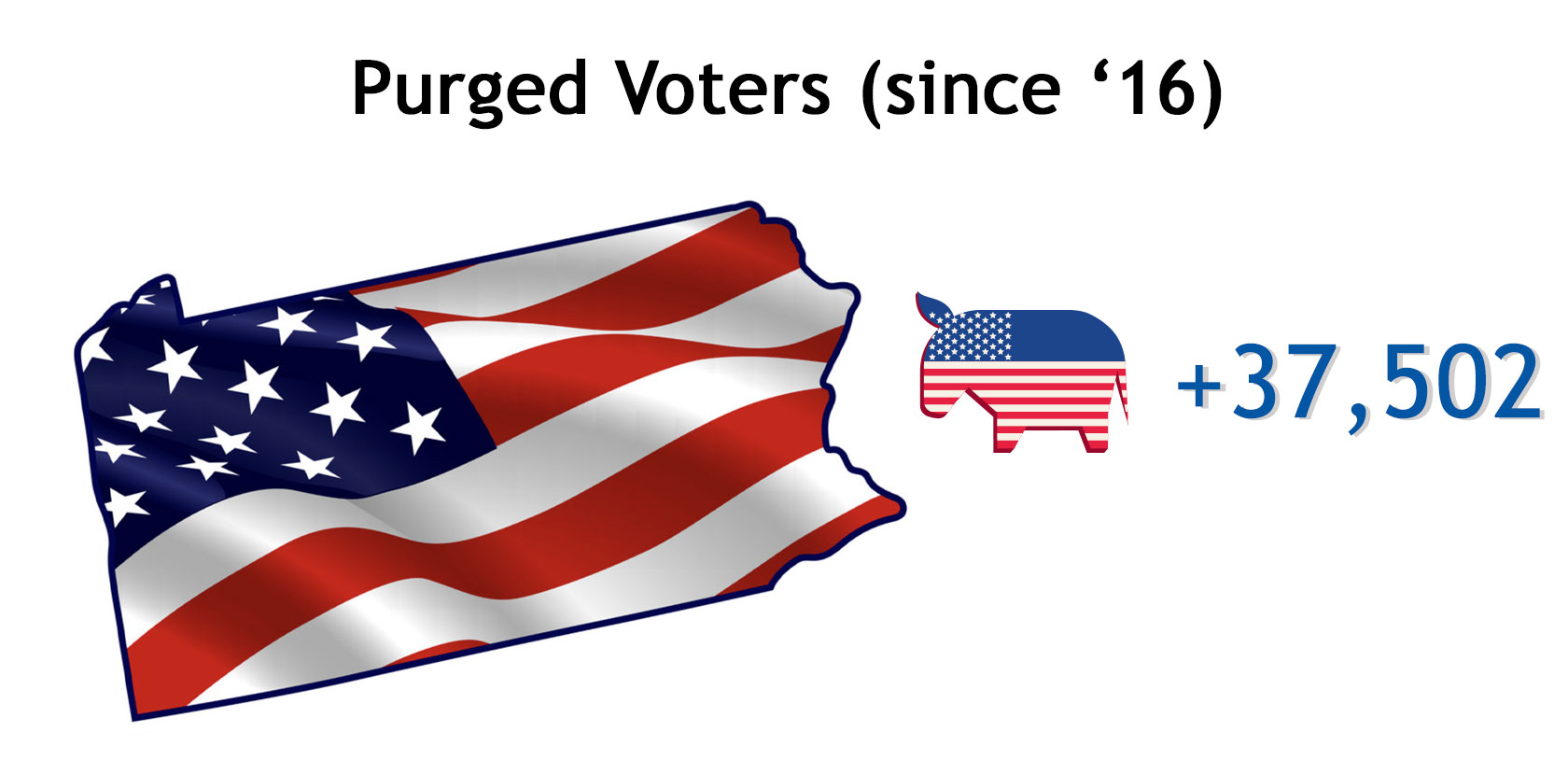
We should also consider those 309,362 voters who have been removed from the file and have since registered in other states. Only 51,576 of these voters cast a ballot in the 2016 election, as many of them likely had already moved prior to Election Day (it can take local election officials some time to catch up with these moves). Among those voters who have moved out of Pennsylvania, there are 1,198 more Democrats than Republicans.
Considering all of these groups together, we find the following:
- New registrants +163,920 Dem advantage
- Voters removed +37,502 GOP advantage
- Voters moved +1,198 GOP advantage
- Net Registration Effect +125,220 Dem advantage

Based on the net effects of voter registration changes in Pennsylvania since the 2016 election, President Trump clearly faces a steeper climb to repeating his victory this November.

